Fish and wildlife management
Fish and wildlife management can be improved by animal ecology research. At SLU, the research includes wildlife dynamics connected to feeding, ecological aspects on animal transfers and feeding, interactions between animals and plants, the effects of climate change on animals, humans and ecosystems. In the management hunting and fishing is included.
Alexander Hansson
alexander.hansson@slu.se I work with research and monitoring of salmonids within the diadromous group at SLU Aqua, with the aim of supporting the sustainable use of our aquatic ecosystems. My
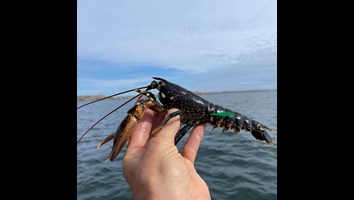
Ny modell ger bättre koll på hummerbeståndet
The lobster stock in Sweden is at biologically sustainable levels, although there is still some risk of overfishing. This is the conclusion of the latest stock assessment, developed using an improved
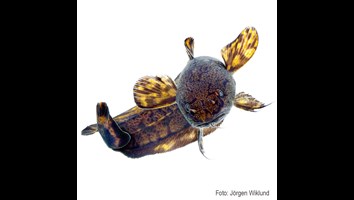
Fiskbarometern-2025
At Fiskbarometern, the Swedish University of Agricultural Sciences presents the status and trends of fish and shellfish stocks in Swedish marine and freshwater environments. The assessments for 2024
Göran Ericsson
internkommunikation@slu.se Dean of the Faculty of Forest Sciences. Department Chair and Chaired Professor in Wildlife Ecology. My tenured professorship focuses on three main topics; plant-animal
Noél Holmgren
internkommunikation@slu.se Dean of the Faculty of Natural Resources and Agricultural Sciences. Noel Holmgren, Research Group Leader at the Department of Aquatic Resources. At SLU since 2017. PhD in
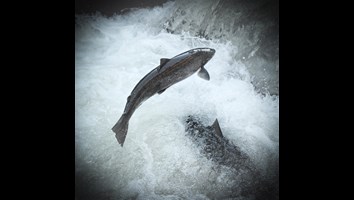
Hur mår laxen i Östersjön?
The wild salmon in rivers in Gulf of Bothnia has been somewhat of a success story. Since the crisis in the 1990s, when the river-stocks were close to collapse, the salmon has recovered and shown
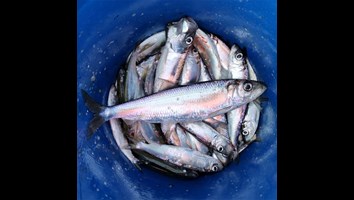
Rovströmmingen – en unik fisk i Östersjöns ekosystem
In the coastal areas of the Baltic Sea, unusually large herring are sometimes caught, which has long raised questions. Are these large herring a separate population, or are they individuals that have
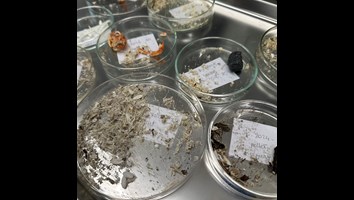
AI förenklar studier av sälens och skarvens matvanor
Seals and cormorants are top predators that play important roles in the ecosystem, while also sparking emotions and debates. The impact that seals and cormorants have on fish stocks is a frequently
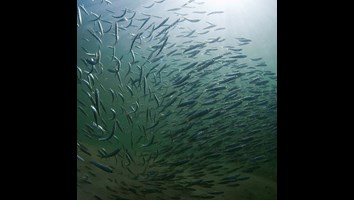
Too few fish, too few offspring
Small fish stocks are more vulnerable than current management practices often acknowledge. A new study shows that when fish populations shrink, their ability to recover can decrease, leading to risks
Fredrik Widemo
ew-red@slu.se Fredrik Widemo is an Associate professor in animal ecology and senior lecturer with extension responsibilities in Wildlife-Forest interactions. Furthermore, Fredrik Widemo is a
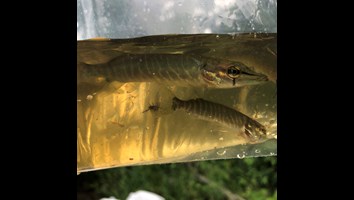
Miljö-DNA uppskattar storleken på gäddbestånd
In order to manage a fish population sustainably, reliable information about the population’s size and development is needed. One species for which we currently lack this information is the Northern
Göran Sundblad
goran.sundblad@slu.se My work is centered around applied research in order to provide scientific advice to lake and coastal management. Topics include ecosystem based fisheries management,
